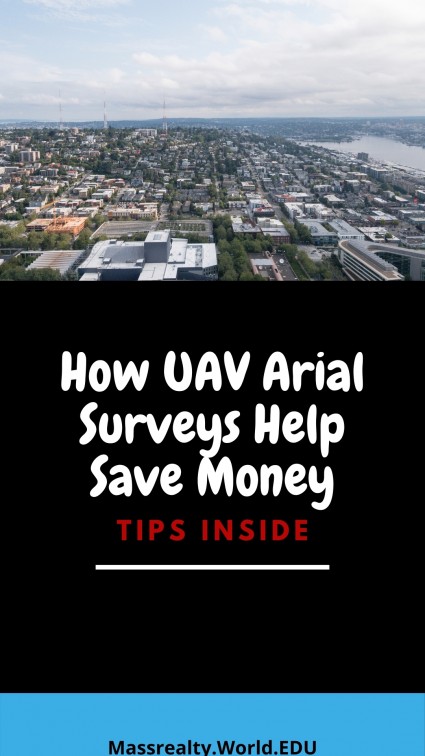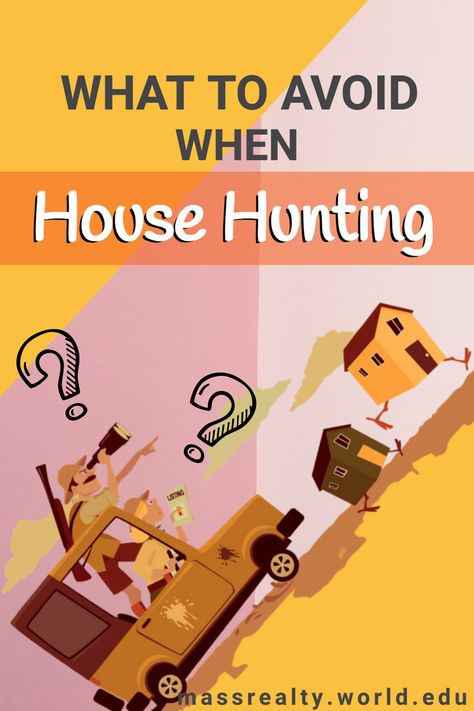
Home Improvements to Increase Your Property Value
The way to think about equity in terms of owning real estate is simple. It is the total value of the asset munis the amount of debt currently owed on it.
Now, it’s important to note that if real estate prices drop, so could your equity. Your first home is a valuable investment and a major achievement in your life. As such, the actual value of your home should reflect that.
For many people, their first home will be one that they own for multiple years. That gives you plenty of time before selling your property to add even more value to it. If done correctly, this will increase the equity you have in your home.
You can take advantage of forcing equity by eventually selling your home. Additionally, time is on your side. If you own a property for multiple decades, there is a very high chance that you will naturally gain equity that way too. Keep this in mind when house hunting.
With time as a bonus, what are things that you can do today to create value? Here are five creative ways to add equity to your first home.
1. Update Your Kitchen
A kitchen is the heart of most homes. Especially for a place that you are calling your first home, the kitchen is where you create great meals and even greater memories with friends and family.
This room is also one that house buyers look at instantly when deciding if they will want to make an offer of a property. What does that mean? If your kitchen is outdated, you can expect low offers when you go to sell.
By updating your kitchen, you instantly add value to your home. You can keep things simple if you are hesitant to jump into a full renovation. For example, you can swap out cabinets and add stainless steel appliances. This will give your kitchen a beautiful new glow.
More challenging, but worthwhile, kitchen renovations include items like replacing the floors or changing the entire layout.
Adding new hardwood floors can give your kitchen a completely new feel. Not to mention, floors are one of the most noticeable parts of a room. By adding high-quality material to your kitchen, the equity in your home will increase.
If you decide to change the entire layout of your kitchen, it is recommended to consult with an interior design expert to help with the plans. Regardless of the size of your renovation, updating a kitchen can add value to your first home.
2. Uplift your Outdoor Scenery
When it comes to your home’s exterior, making it attractive should be a priority. The outside appearance of a property makes the first visual impression that a person sees. The first element to your outdoors is the front exterior, also known as the curb appeal.
If you live in a home that allows you to make changes to the exterior landscape, do it. Aesthetic or repairs landscaping and keeping your curb clean can add value to your home by 28%l, according to several housing reports.
Consider adding a garden to your front or backyard. You can not only enjoy it while you live there, but you can also see it attract additional home buyers to your property when you are considering selling.
The current real estate market considers gardens as valuable parts of a home. Incorporating a garden is a thoughtful idea that’ll need you to create space and research plants to nurture.
Another way to add equity to your first home is by adding a deck or patio. With the majority of people working from home, garden offices and conservatories have become a trend.
Both can add equity to your home and offer a unique feature. Always remember having a garden means tending to the plants and caring for them.
3. Add Energy-Efficient Features
Making your house more energy-efficient can save you money, and help save the environment.
Do you expect your utility bill to be extremely high this summer? Consider adding items like a Nest Thermostat to regulate your air conditioning use.
Energy efficiency goes hand-in-hand with upgrading your home to incorporate the use of smart technology. Innovative technological additions to your security or in-home living take your home to the next level.
When moving to your first home, consider buying energy-efficient appliances. For example, there are washing machines that use a smaller percentage of water while still cleaning your clothes thoroughly.
If you decide to sell your property down the road, you can leave the appliances and add that to the bottom line price you are asking for.
Even if you do not add a smart thermostat to your home, you can still upgrade your heating and air conditioning systems to ensure efficient functionality.
Your central cooling and heating system caters to indoor temperature, while filtration systems provide high air quality. Not only are these sustainable ways to live, but they add comfortability. With comfort comes additional value added to your home.
4. Extend Your Current Layout
One of the best ways to increase the value of your house is through its layout. You can either remodel or extend how things are currently set up. However, when you switch the layout of a property, you must make sure that everything still flows.
Adding or enhancing space to your kitchen, dining, and living areas adds value to your home.
A house extension may require you to break down certain walls. Before taking a sledgehammer to the drywall, consider the existing layout. What actually makes sense to switch, extend, or build on?
It’s recommended to work with a professional builder for larger projects like this. They can check on safety issues before making any extensions.
In addition, buildings can also clue you in on the cost of larger projects like this. That is much better than going in blind! Knowledge is power when it comes to renovations.
There are numerous home improvement loans to choose from when making significant improvements such as this. They are well worth researching.
Do your best to make changes that will recoup your costs and add value to the house. Remodeling your kitchen and bathroom to the latest trends are safer ways to do so.
5. Add Another Bedroom
Whether your plan on living alone or with others, adding a bedroom is essential for your home.
The number of bedrooms dictates the sale bracket of your home. It’s also one of the popular ideas to add value to your home. Adding a bedroom to your home may involve the conversion of another room or extending the existing layout.
Converting your loft to a bedroom is aesthetically pleasing and creates space. You might as well convert unused space into something if you have the time and budget to do it.
Of course, make sure to double-check the current structure of your attic or loft before beginning this project. Homeowners should make sure that it is safe before shifting beams around.
If you rarely use your garage or basement, consider converting them into smaller auxiliary rooms.
The five changes above are major points to consider when trying to add value to your first home. Other minor changes or upgrades you can make include:
- Painting your home
- Buying new windows
- Chaing lighting fixtures
- Adding a storage room
These are all great projects that will add value. Your first home is one of your most important investments. It means so much more than just ‘a house’.
If you plan to do renovations to your property, consider the 5 projects above. You might as well add value to your home along the way as you renovate things. You can recoup the costs later on when you go to sell your home.
Maintaining your home regularly helps you keep track of its value and saves you accumulative renovation costs.


